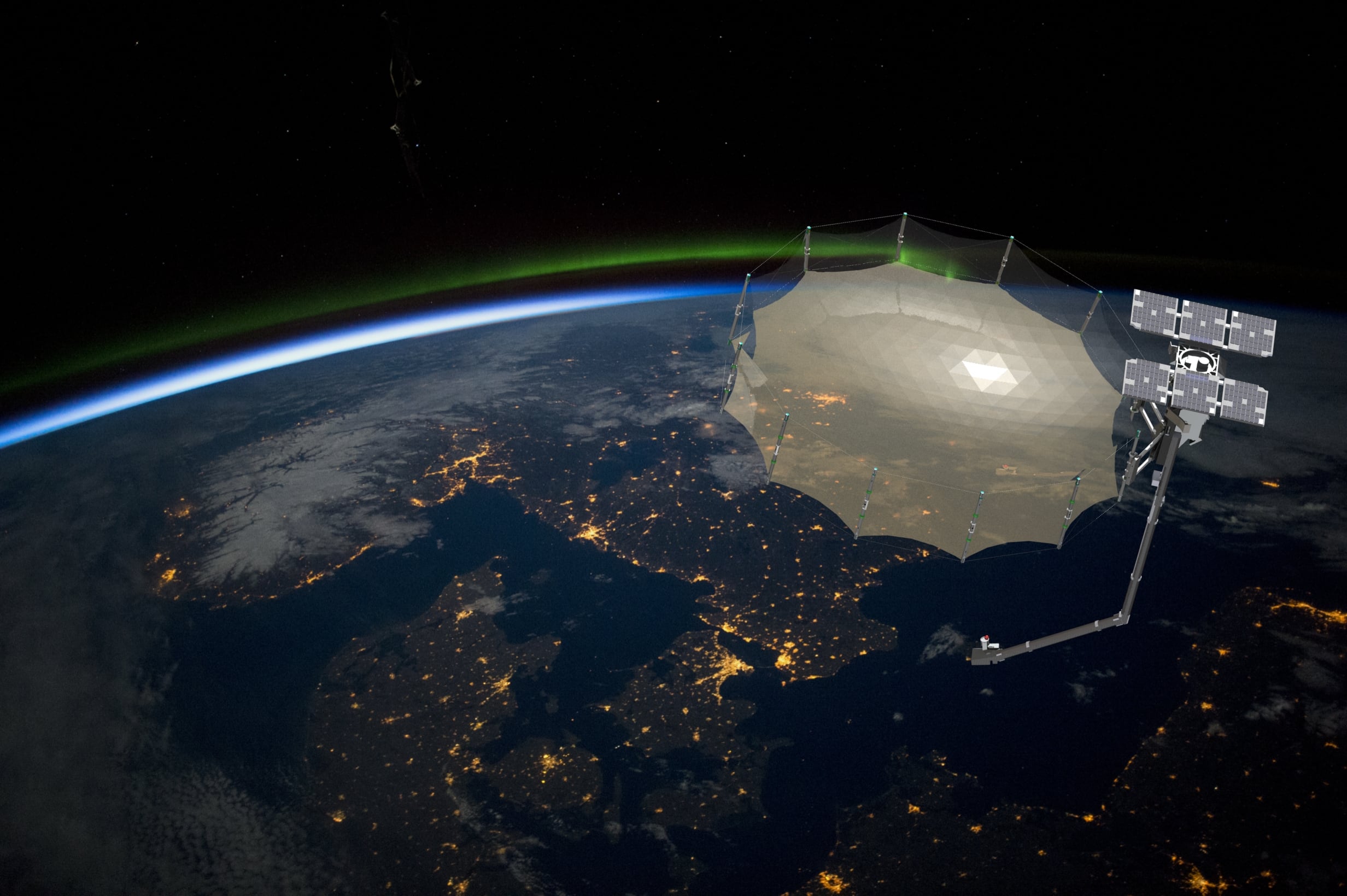WASHINGTON — The first satellite in Capella Space’s planned constellation was successfully deployed to orbit Aug. 31, bringing the company one step closer to its vision of offering global on-demand synthetic aperture radar imagery — a capability in which the U.S. government has expressed increasing interest.
The single microsatellite lifted off aboard one of Rocket Lab’s Electron rockets from the company’s New Zealand launch facility, before eventually being deployed to a circular orbit at approximately 500 kilometers.
Dubbed “Sequoia” by Capella Space, this first publicly available satellite in what is expected to be a 36-satellite constellation will be able to deliver synthetic aperture radar, or SAR, imagery of the Middle East, the Korean Peninsula, Japan, Europe, Southeast Asia, Africa and the United States. Customers for this imagery include the U.S. government.
RELATED

Unlike traditional electro-optical sensors used to create satellite imagery, SAR uses radar. This gives SAR some advantages over traditional imagery, such as the ability to produce images regardless of inclement weather (cloud coverage) and whether the sun is shining.
Additionally, SAR can collect data on material properties, moisture content, precise movements and elevation. Capella Space claims Sequoia and the forthcoming satellites in the constellation will be able to detect sub-0.5-meter changes on the Earth’s surface. As a reference to these capabilities, the launch mission was named “I Can’t Believe It’s Not Optical.”
Executives told C4ISRNET a year ago that they hoped to get their first satellite on orbit by the end of 2019. However, the delay has not stopped Capella Space from securing a number of government contracts. The first came in November, when the U.S. Air Force awarded the company a contract to use its SAR imagery for virtual reality software, missile defense and to develop predictive intelligence to foresee foreign threats.
In December, the intelligence community got involved, with the National Reconnaissance Office awarding Capella Space a commercial study contract to better understand SAR imagery. A deal with the U.S. Navy was signed in May, and in June the National Geospatial-Intelligence Agency signed the firm to a cooperative research and development agreement.
While waiting for the launch of its first satellite, Capella Space has been able to produce SAR imagery using a specially outfitted airplane.
This was Rocket Lab’s first launch since a July incident in which one of its launch vehicles failed, resulting in the loss of both the rocket and the three commercial payloads it was carrying. Following an investigation, the anomaly was identified and the U.S. Federal Aviation Administration cleared the company to resume launch operations. During that investigation, both the National Reconnaissance Office and the U.S. Space Force told C4ISRNET that they intended to continue using the company’s launch services.
Nathan Strout covers space, unmanned and intelligence systems for C4ISRNET.








